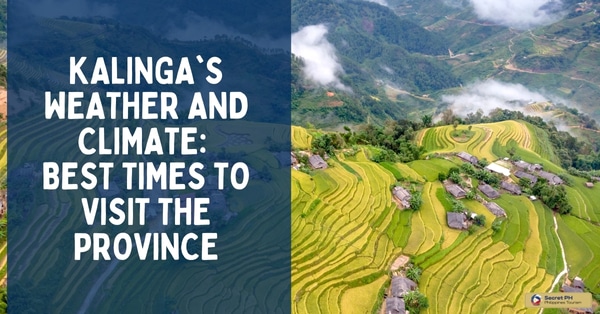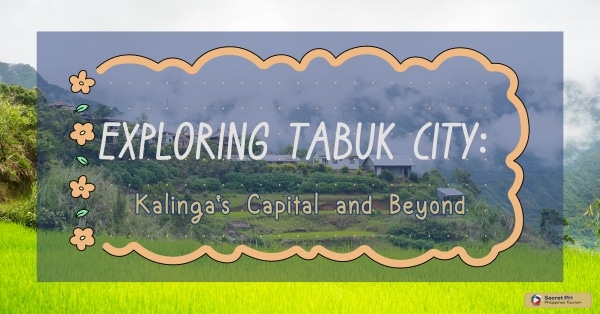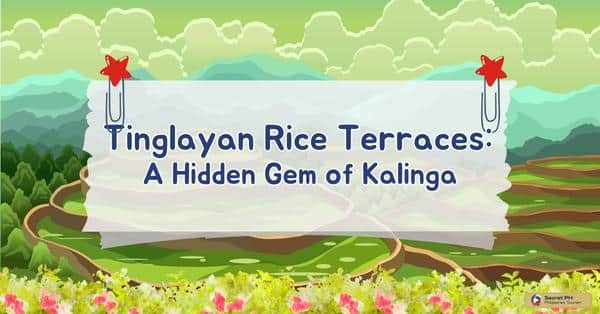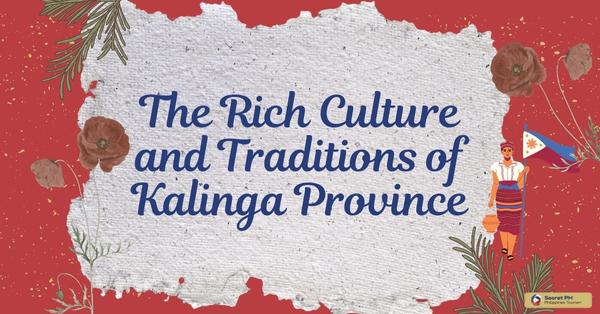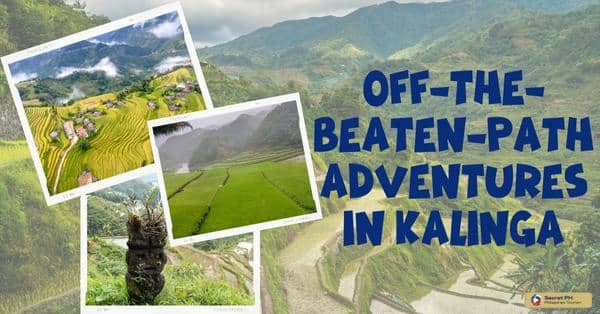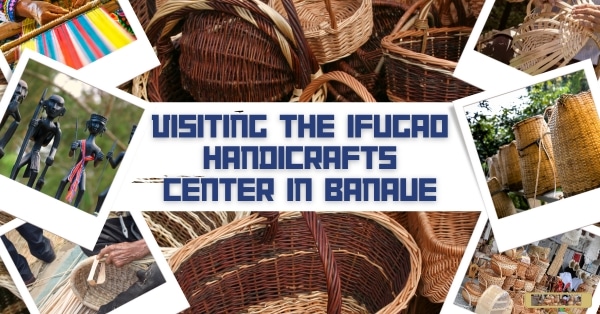Located on the tropical island of Bohol in the Philippines, The Mysterious Chocolate Hills are a stunning natural wonder of cone-shaped limestone formations.
The Chocolate Hills of Bohol, Philippines, are a mysterious and unique geological formation. The hills were formed over 1.2 million years ago by coral deposits and weathering, and erosion. These are popular tourist destinations known for their striking beauty and rich cultural history. It also has many myths and legends surrounding them.
Visiting these remarkable geographical formations is an unforgettable experience, with many tourists coming annually to marvel at their breathtaking views and captivating tranquility.
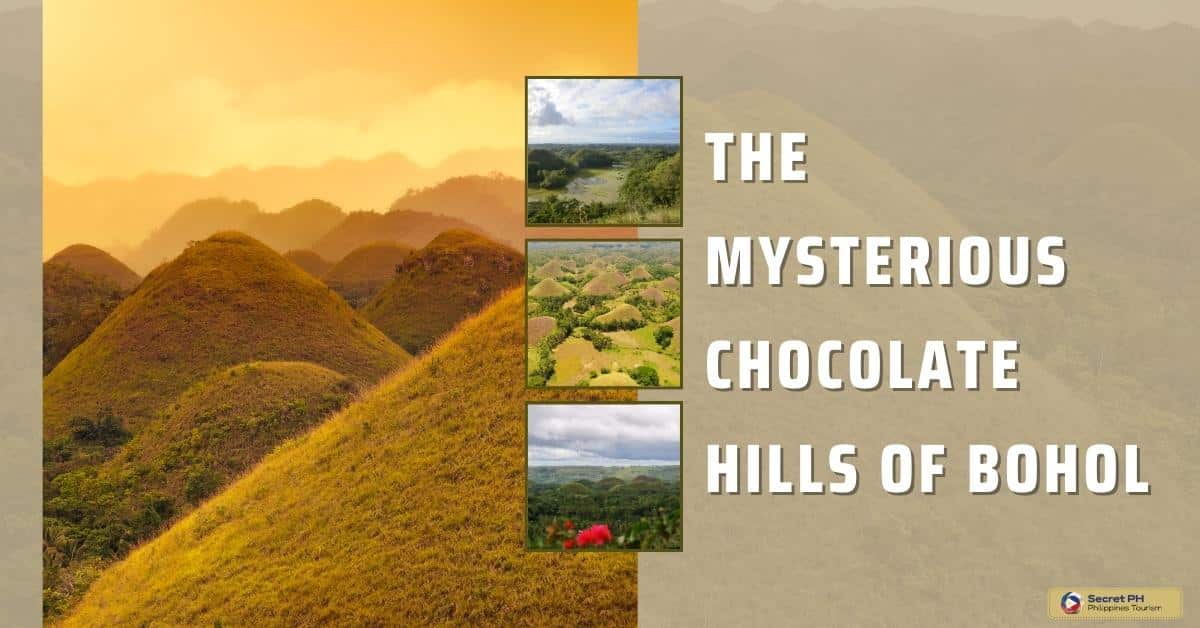
Geography of Chocolate Hills in Bohol
The Chocolate Hills are a geological formation located in the Bohol province of the Philippines. They are made up of nearly 1,776 cone-shaped hills that range in height from 30 to 120 meters.
The hills are composed of a type of limestone called coral rock, which is composed of fossilized coral and shells. The hills are covered in grass, which turns brown during the dry season, giving them the appearance of chocolate mounds, hence the name.
This unique place is located in the central part of Bohol island, covering an area of about 50 square kilometers. They are situated in the municipalities of Carmen, Batuan, and Sagbayan.
The hills are spread out in an area of about 50 square kilometers and are situated in an almost circular formation. The highest point of the mountain is located in Carmen, with a height of 120 meters.
If you visit this place, you will see it is surrounded by a flat landscape, which makes them stand out even more. The surrounding area is mainly used for agriculture and is home to small villages and towns.
Chocolate Hills are a popular tourist destination and are considered one of the natural wonders of the Philippines.
It is also considered a UNESCO World Heritage Site and a National Geological Monument of the Philippines. They are considered unique and important natural landmarks and are protected by laws to ensure their preservation for future generations.
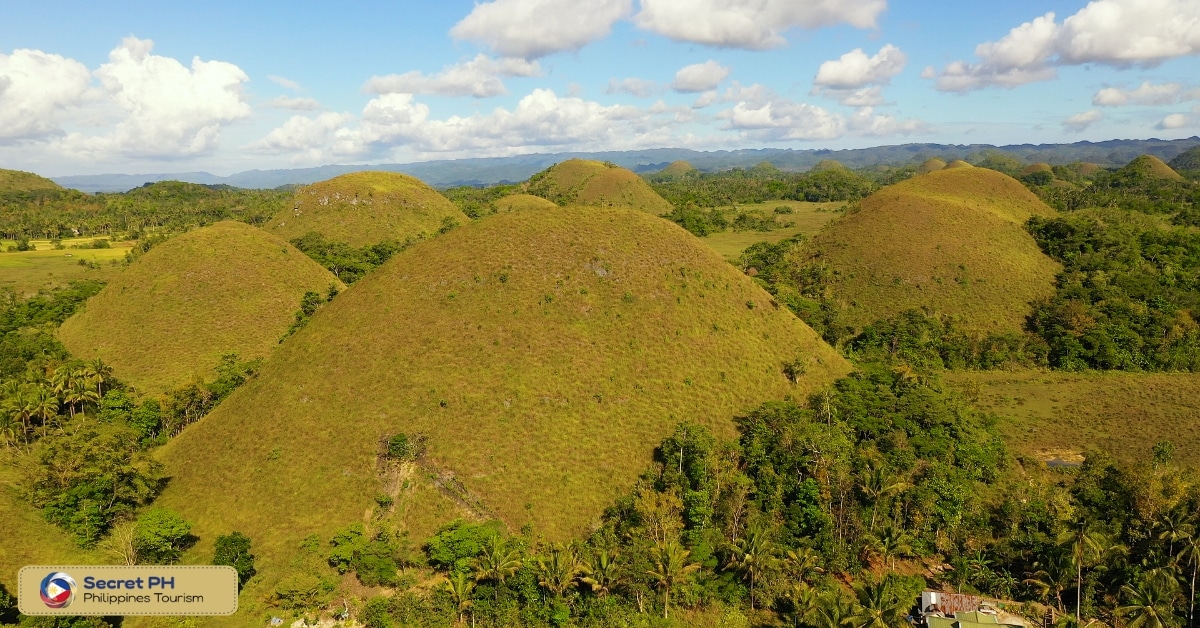
The Role of Tectonic Activity in the Chocolate Hills
The Chocolate Hills are a unique geological formation that has puzzled scientists for many years. While there are several theories about how the hills were formed, one of the most widely accepted explanations is that they are the result of tectonic activity.
The theory is that the Chocolate Hills are the result of uplift caused by the movement of tectonic plates. The limestone that makes up the hills was originally formed on the ocean floor and was later pushed up to the surface by tectonic activity. The coral rock that makes up the hills is composed of fossilized coral and shells, which suggests that the area was once underwater.
This theory is further supported by the presence of a fault line that runs through the area, which is an indication of tectonic activity. The fault line is thought to be the result of the movement of the Philippine Plate and the Eurasian Plate, which caused the uplift of the limestone.
The uplift of the limestone caused it to be exposed to erosion, which over time, shaped the limestone into the cone-shaped hills that are seen today. The uplift of the limestone also caused the formation of underground caves, which can be found beneath the Chocolate Hills.
In summary, the role of tectonic activity in the Chocolate Hills is that it is the main force that caused the uplift of the limestone, which formed the hills and shaped them into their unique cone-shaped form. The movement of tectonic plates also played a significant role in the formation of the underground caves found beneath the hills.
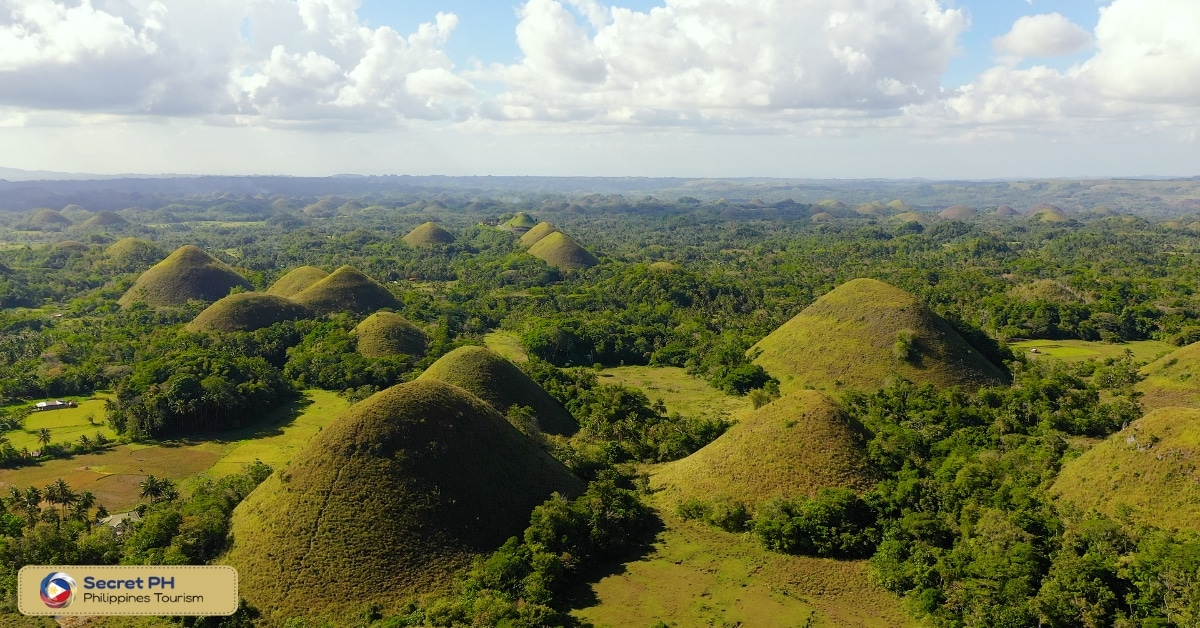
The Impact of Weathering and Erosion on the Chocolate Hills
Weathering and erosion have played a significant role in shaping the Chocolate Hills into their current form. Weathering refers to the physical and chemical breakdown of rock and soil, while erosion is the process by which weathering materials are transported away. Both weathering and erosion are caused by natural forces such as water, wind, and temperature changes.
Chemical Weathering
One of the main forms of weathering that has affected the Chocolate Hills is chemical weathering, which occurs when water and carbon dioxide reacts with the limestone to form calcium carbonate and dissolved minerals. This process causes the limestone to become softer and more susceptible to erosion.
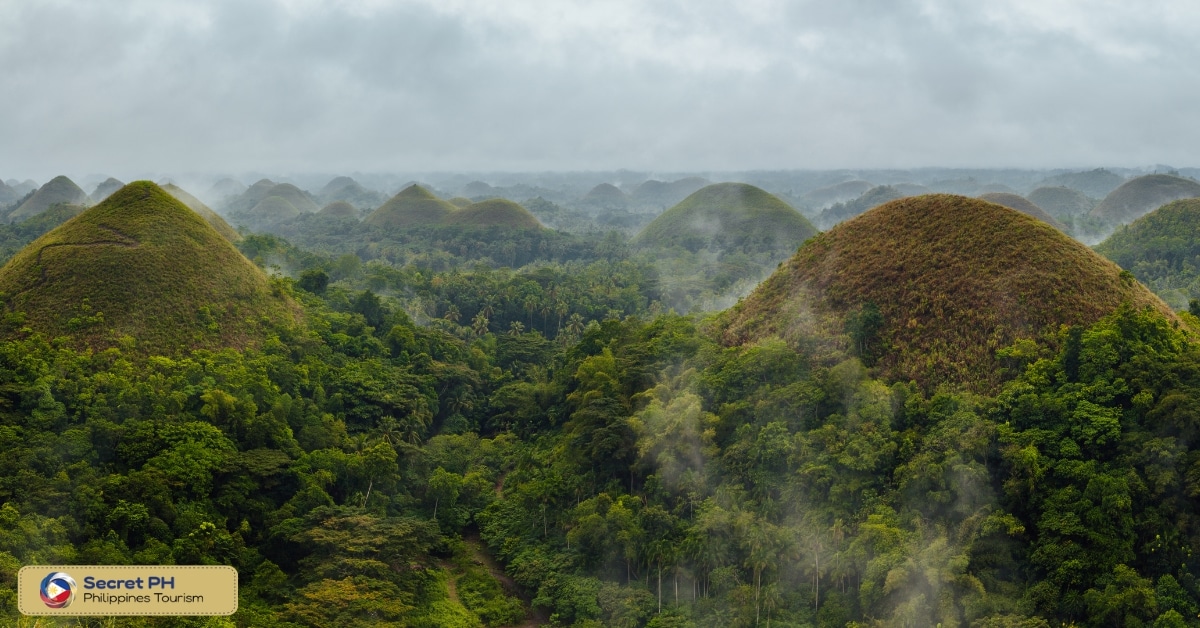
Physical Weathering
Another form of weathering that has affected the Chocolate Hills is physical weathering, which occurs when the rock is broken down by the expansion and contraction caused by temperature changes. This process causes the rock to crack and break apart, making it easier for erosion to occur.
Water Erosion
Erosion, which is the process of transporting weathering materials away, has also played a significant role in shaping the Chocolate Hills. The main form of erosion that has affected the Chocolate Hills is water erosion, which occurs when rainwater and underground water flow wear away the rock. This process has caused the hills to become smoother and more rounded over time.

Wind Erosion
Wind erosion also plays a role, especially during the dry season, when the grass on the hills turns brown, the soft soil can be easily carried away by the wind, leaving behind the harder coral rock.
In summary, weathering and erosion have played a significant role in shaping the Chocolate Hills into their current form. Chemical weathering and physical weathering have made the limestone more susceptible to erosion, while water erosion and wind erosion have caused the hills to become smoother and more rounded over time.
The Unique Vegetation of the Chocolate Hills
The Chocolate Hills are home to unique and diverse vegetation, which is adapted to the harsh conditions of the area. The hills are primarily covered in grass, which turns brown during the dry season, giving them the appearance of chocolate mounds. The grass is a hardy species that is able to survive in the dry and rocky environment of the hills.
Underlying Geology
The vegetation of the Chocolate Hills is also influenced by the underlying geology of the area. The hills are composed of a type of limestone called coral rock, which is composed of fossilized coral and shells. This type of rock is not conducive to the growth of most plants, which means that the vegetation is limited to hardy species that are able to survive in dry and rocky environments.
Weather Patterns
The vegetation is also influenced by the weather patterns of the area. The Chocolate Hills are located in an area that experiences a dry season and a rainy season. The dry season can last for up to eight months, during which time the hills are covered in brown grass. The rainy season is a time when the vegetation comes to life, with the grass turning green and flowers blooming.
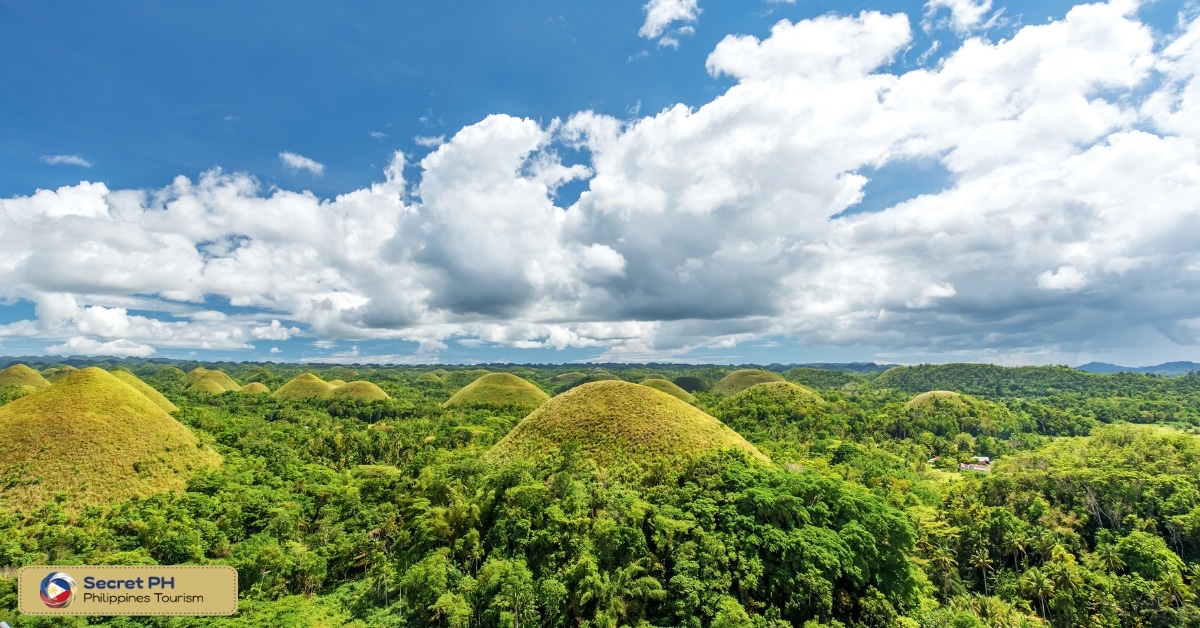
The Tourism Industry Surrounding the Chocolate Hills
The Chocolate Hills in Bohol, Philippines, are a popular tourist destination known for their unique and striking geological formation. The area has a rich history, culture, and natural beauty. These features make it a must-see destination for many travelers.
The Tourism Industry surrounding Chocolate Hills has been growing over the years, attracting thousands of visitors annually. Here are some key points that highlight the significance of Chocolate Hills in the tourism industry:
- The Chocolate Hills are the main tourist attraction in the province of Bohol. It is considered to be one of the most popular and recognizable landmarks in the Philippines.
- The area surrounding the Chocolate Hills has been developed to cater to tourists. It has facilities such as viewing decks, souvenir shops, and restaurants are being built in the area.
- The Tourism Industry of Chocolate Hills generates significant revenue for the local economy. It also provides jobs for the local community.
- Tourists can also engage in other activities such as hiking, horseback riding, and ATV riding to explore the hills and surrounding areas.
- The Chocolate Hills also offers cultural and historical significance. The nearby town of Carmen has a famous church, the St. Vincent Ferrer Parish Church, that is known for its unique architecture.
- The Chocolate Hills are also a popular spot for photographers and filmmakers. The unique landscape and natural beauty of the area make for some amazing shots.
- A visit to the Chocolate Hills can be combined with other activities and sightseeing in the province. It includes visiting the Tarsier sanctuary, or the Baclayon Church. It is one of the oldest stone churches in the Philippines.
Overall, the Chocolate Hills and its surrounding area, have become a major tourist destination in the Philippines, and the tourism industry surrounding it is a significant contributor to the local economy. The unique geology, natural beauty, and cultural significance of the area make it a must-see destination for any traveler visiting the Philippines.
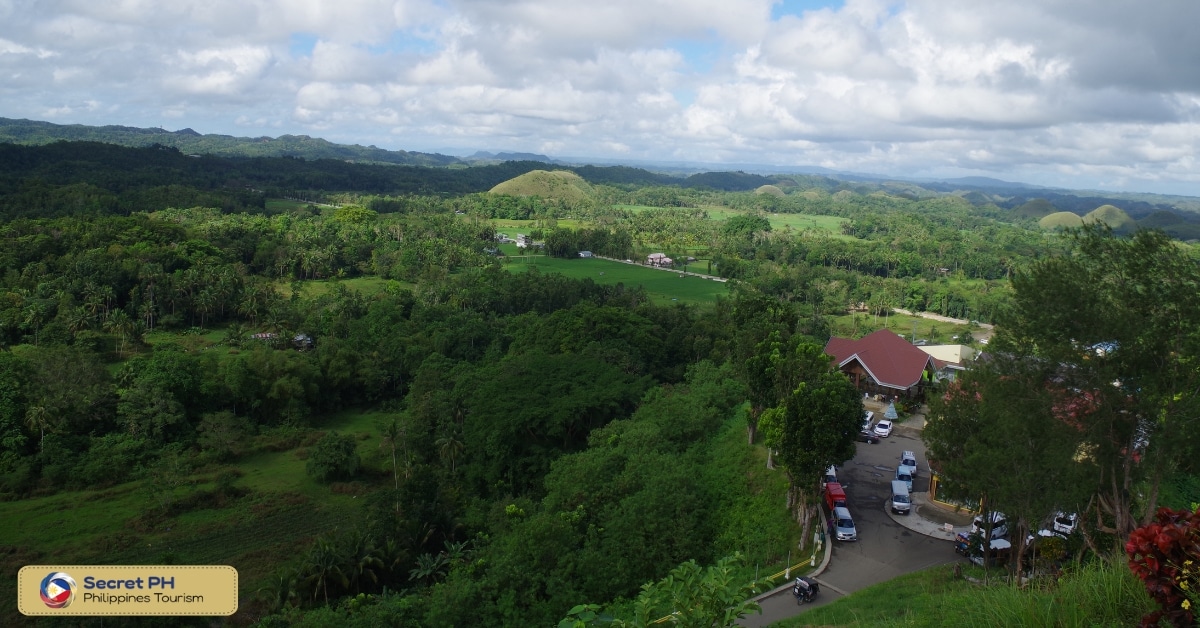
Best Time to Visit the Chocolate Hills
The Chocolate Hills in Bohol, Philippines, are a popular tourist destination known for their unique and striking geological formation. The best time to visit the Chocolate Hills depends on the type of experience you are looking for. The area has different characteristics throughout the year.
Address: Bohol
Phone: +639463414796; +639217703226
For pictures, booking, and more information, click here.
If you want to visit this place, check the directions here.
Dry Season
The dry season typically runs from November to May. This is the best time to visit if you want to see the hills in their “chocolate” state. It is when the grass on the hills turns brown during this time, giving them their distinctive appearance. This is also the peak tourist season, which means that it is generally busier and more crowded in the area.
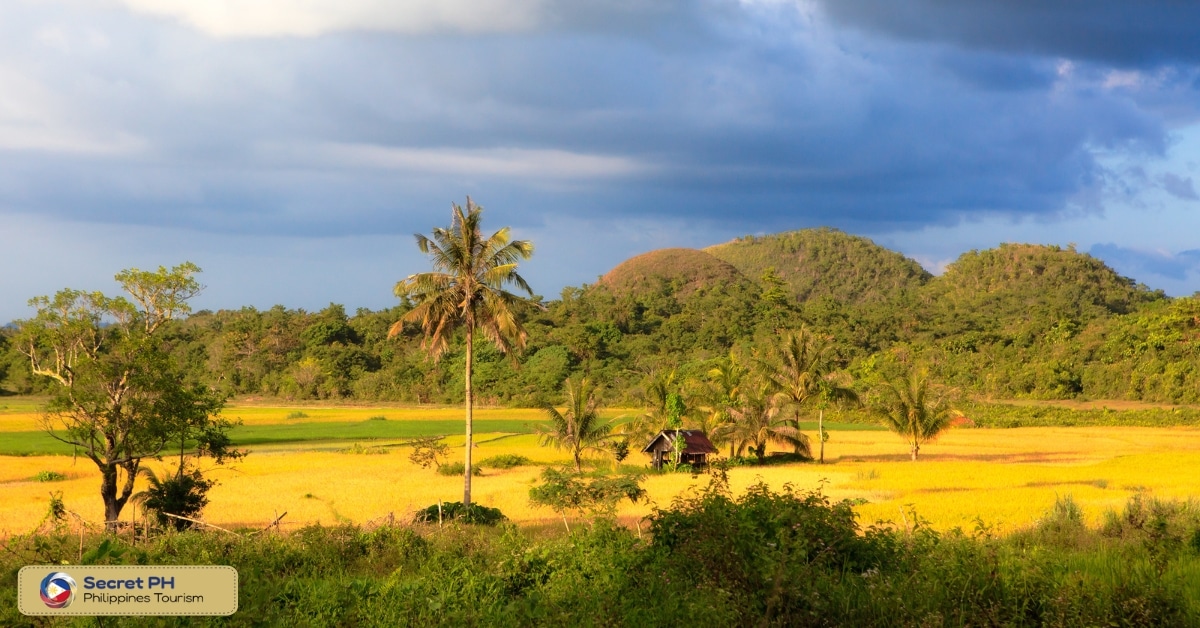
Rainy Season
The rainy season typically runs from June to October. This is a good time to visit if you want to see the hills in their green state. It is where the grass turns green during this time.
The weather is also cooler during this time. It can make for a more pleasant experience if you plan to hike or explore the area. However, it is important to note that some of the viewing decks in the area may be closed. Maybe, they have limited access during this time due to the heavy rainfall.
Myths Of Chocolate Hills
The Chocolate Hills in Bohol, Philippines, are a popular tourist destination known for their unique and striking geological formation. The place also has a rich cultural history, and many myths and legends have developed around them.
Here are some of the most popular myths surrounding the Chocolate Hills:
- The Legend of Arogo: According to this legend, Arogo was a young and strong giant in the area. He fell in love with a mortal girl and was heartbroken when she died. In his grief, he cried tears of sorrow that turned into the hills.
- The Legend of the Giants: Some believe that the Chocolate Hills were formed by a group of giants who lived in the area. The giants, who were known for their strength and size, used to throw mud and rocks at each other during their battles, which eventually formed the hills.
- The Legend of the Battle of the Gods: Another legend states that the Chocolate Hills were formed as a result of a battle between the gods. The gods fought fiercely, and the force of their battles created the hills.
- The Legend of the Elephant: According to this legend, the Chocolate Hills were formed by an elephant that lived in the area. The elephant ate so much that it created the hills by excreting the excess earth.
- The Legend of the Mermaid: Another legend states that a mermaid who lived in the sea fell in love with a mortal man who lived on land. The mermaid, unable to leave the sea, would often cry and her tears would turn into the hills.
It’s worth noting that these are all legends and myths passed down through the years. However, there is no scientific evidence to support any of these stories. The Chocolate Hills have formed over 1.2 million years ago.
It was formed through the uplift of coral deposits. Also, the action of rainwater and erosion shaped the hills into their current form.
These legends and myths are an important part of the cultural heritage of the area. It has contributed to the unique and captivating history of the Chocolate Hills.
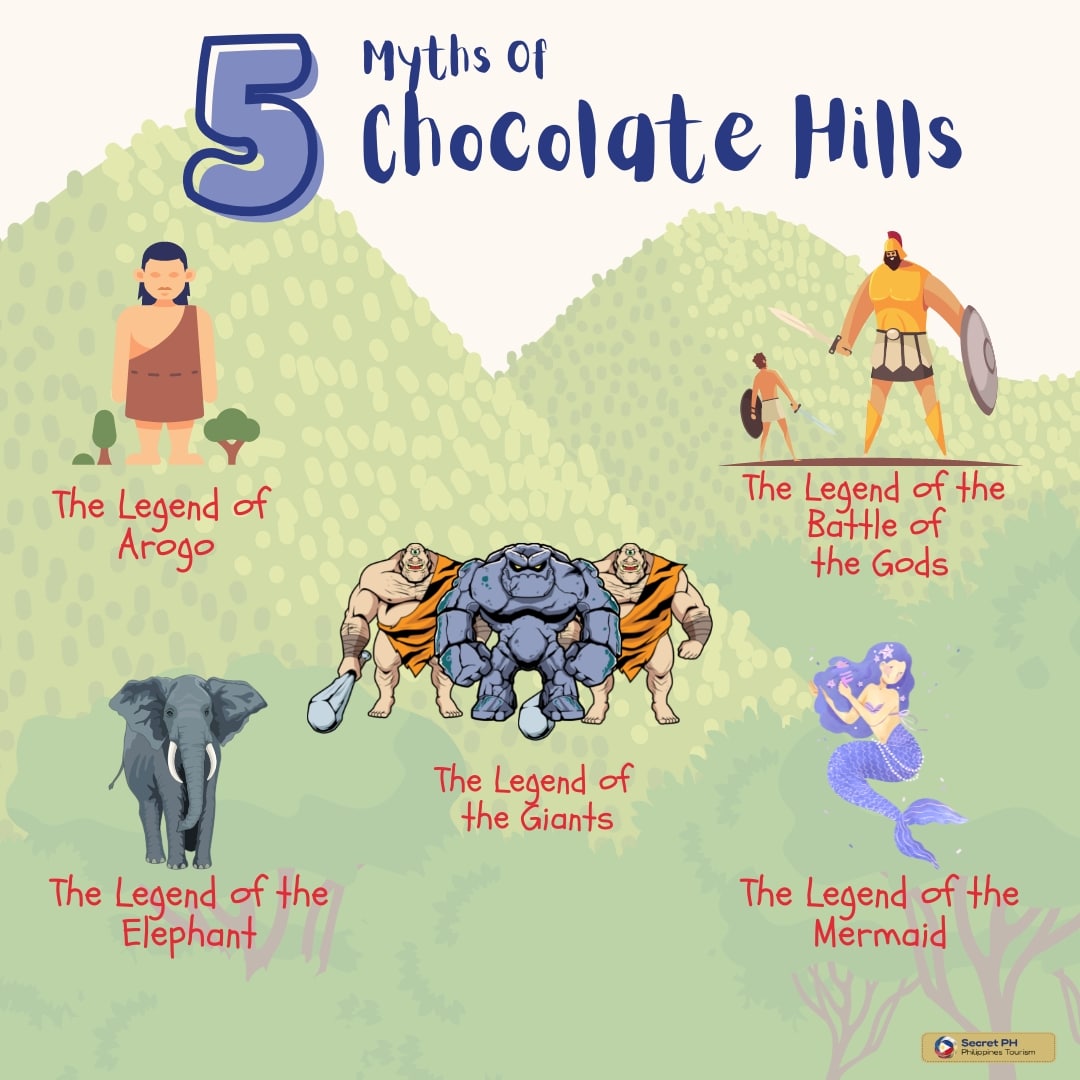
Conclusion
The Mysterious Chocolate Hills of Bohol is an awe-inspiring sight – a captivating geographic formation unlike any other on the planet. This unique natural wonder has been a source of wonder and confusion to people.
Visitors to this part of the world continue to be full of admiration for its beauty. It leaves them with heartfelt memories and an even greater appreciation for nature’s marvels. It’s no wonder that The Mysterious Chocolate Hills of Bohol is a must-see destination on any travel itinerary!

